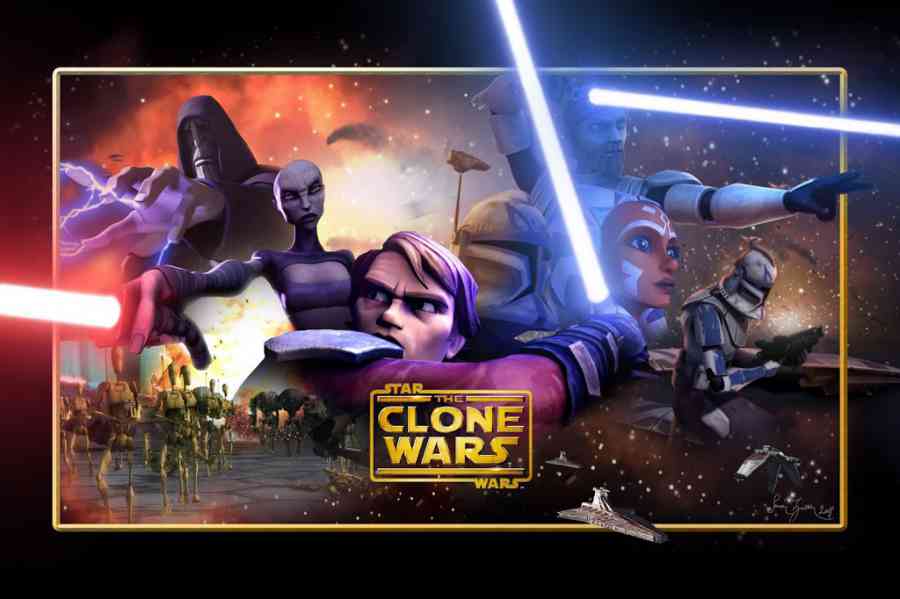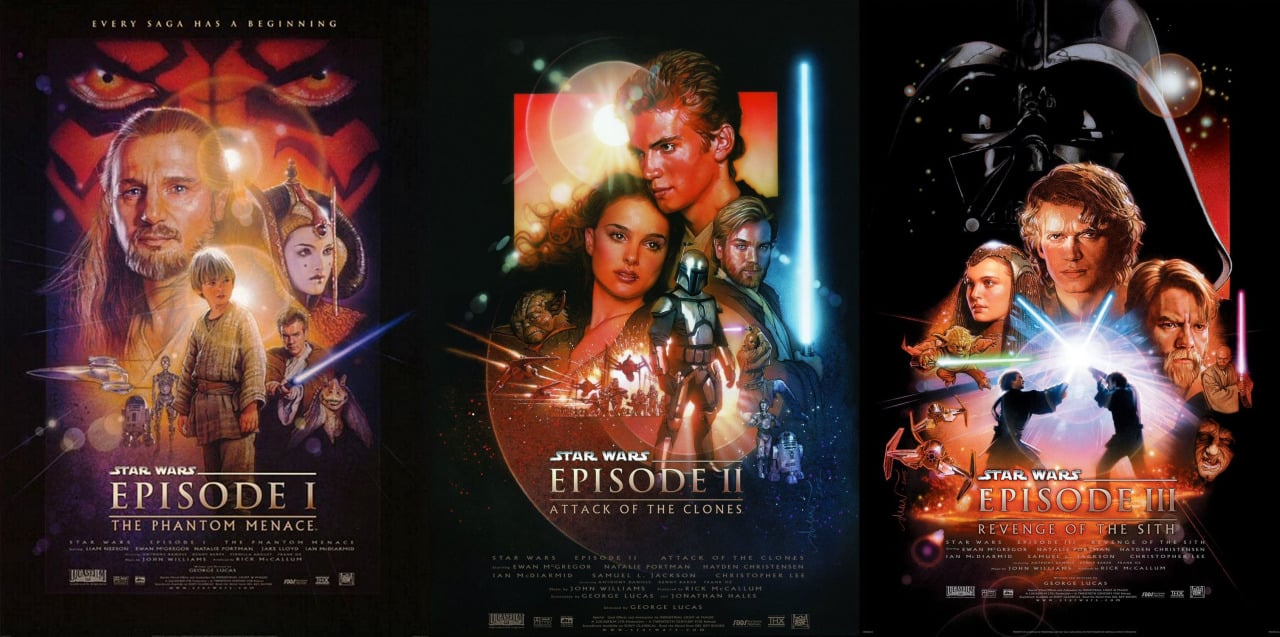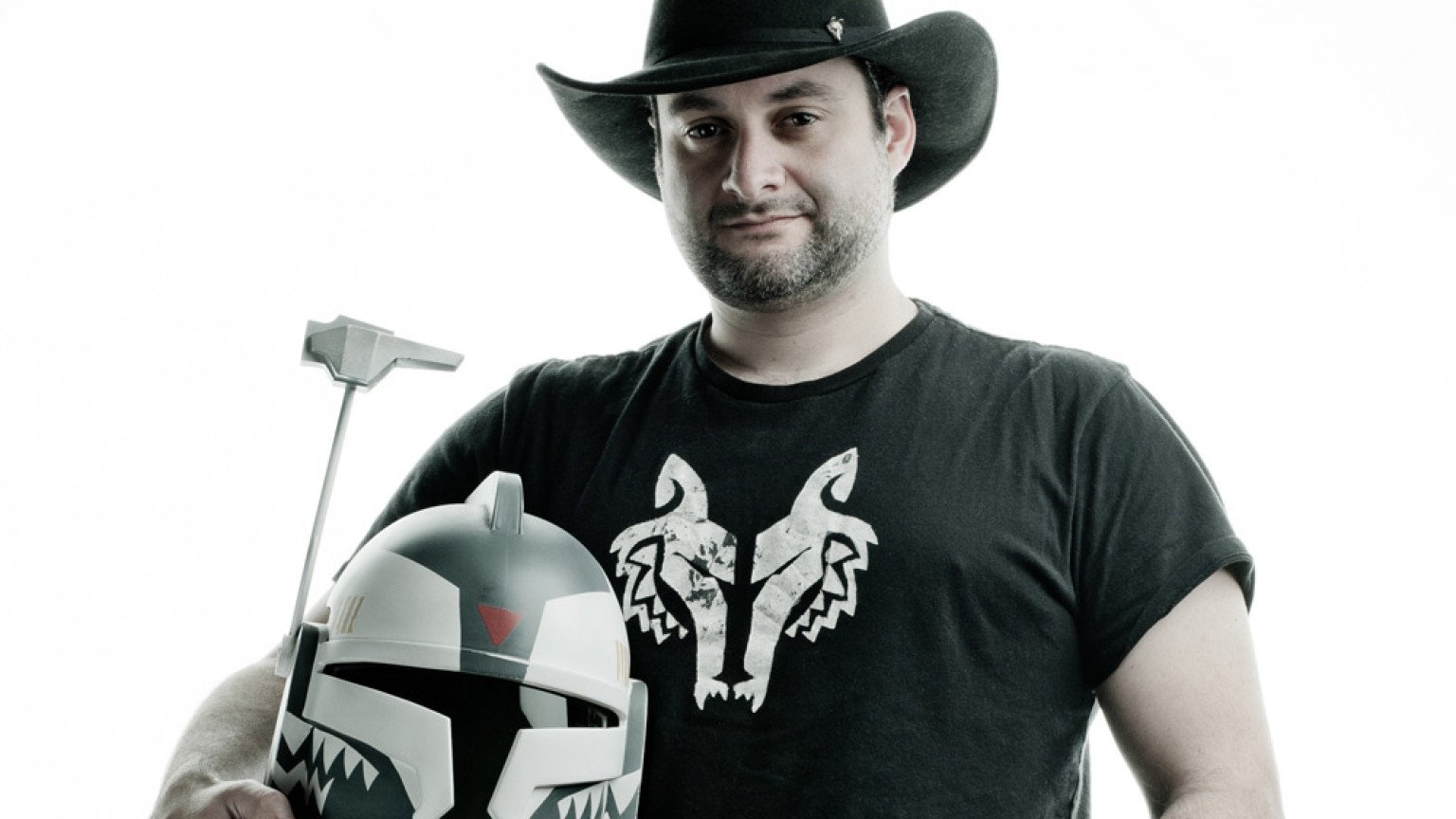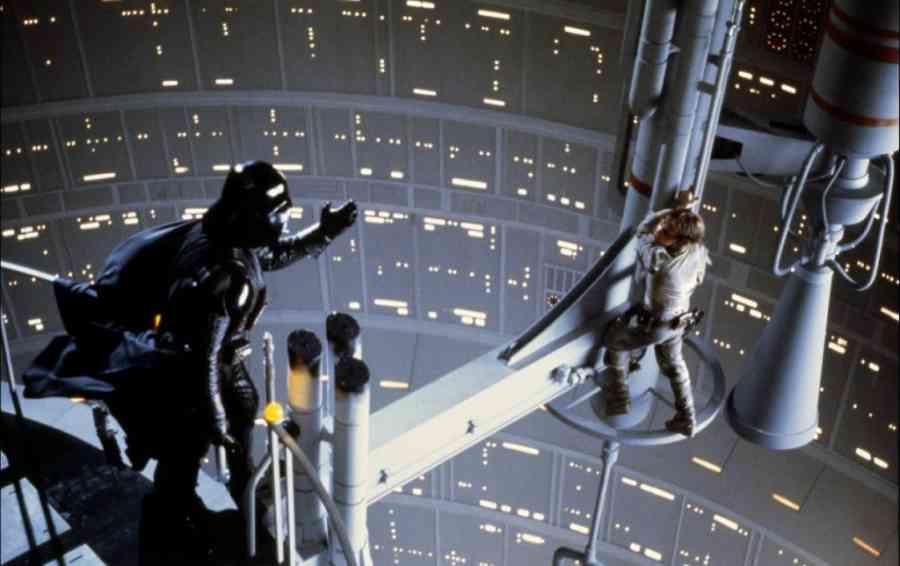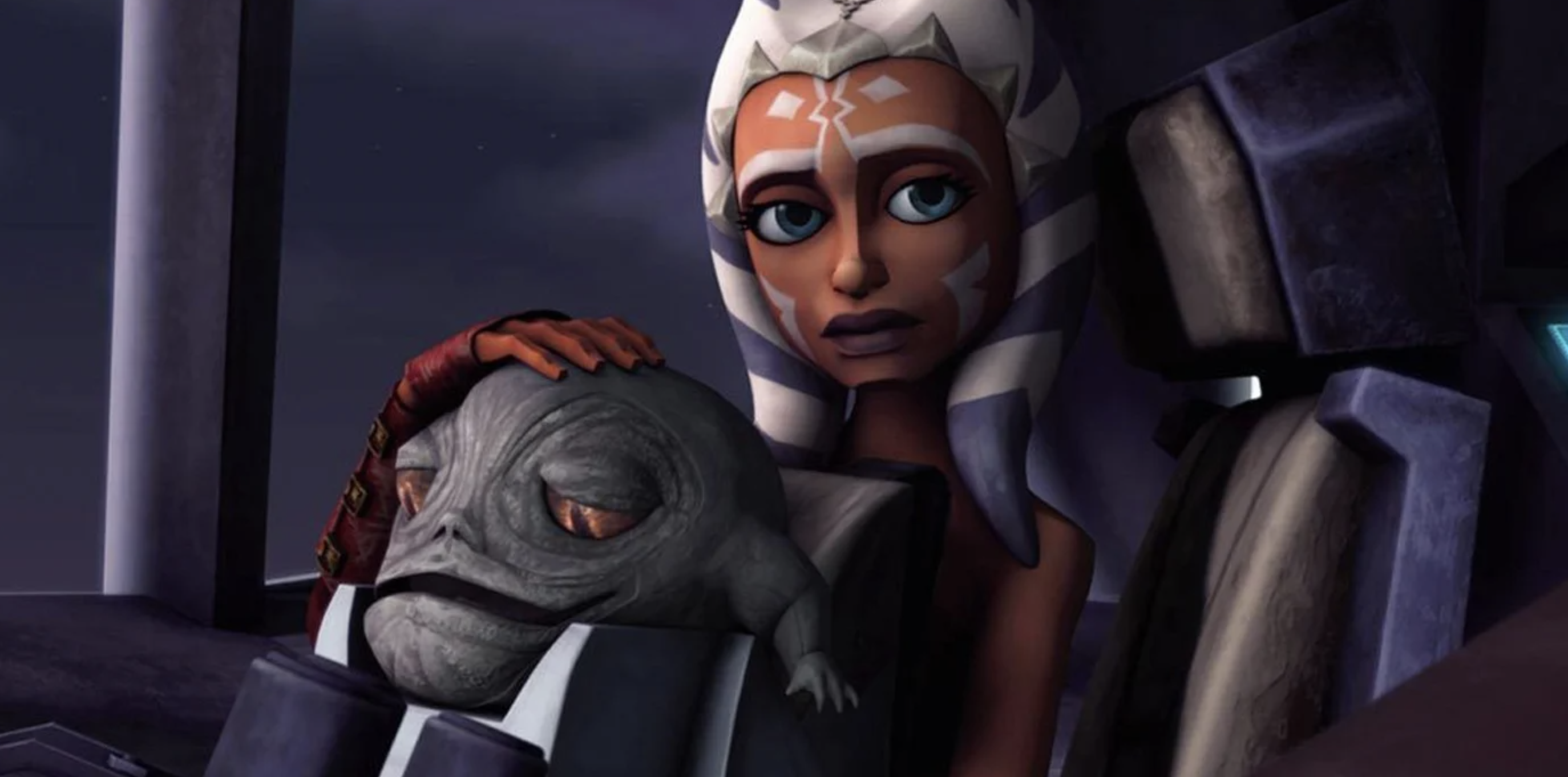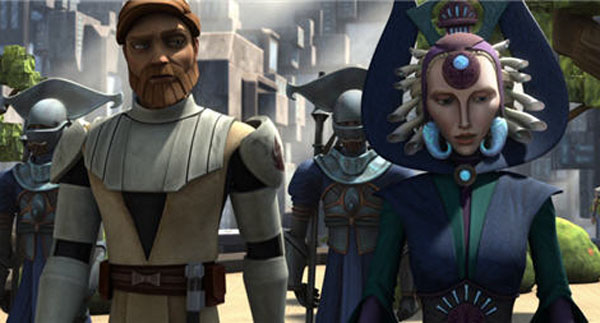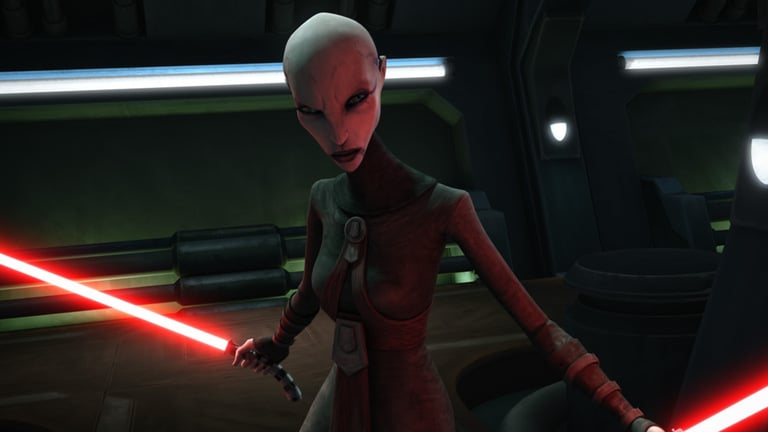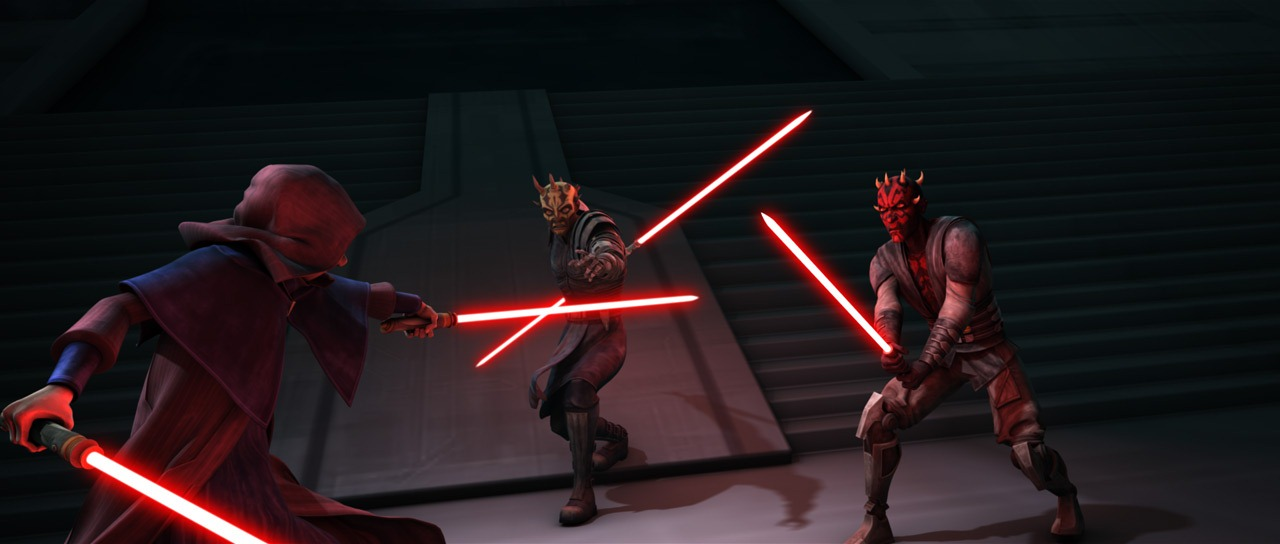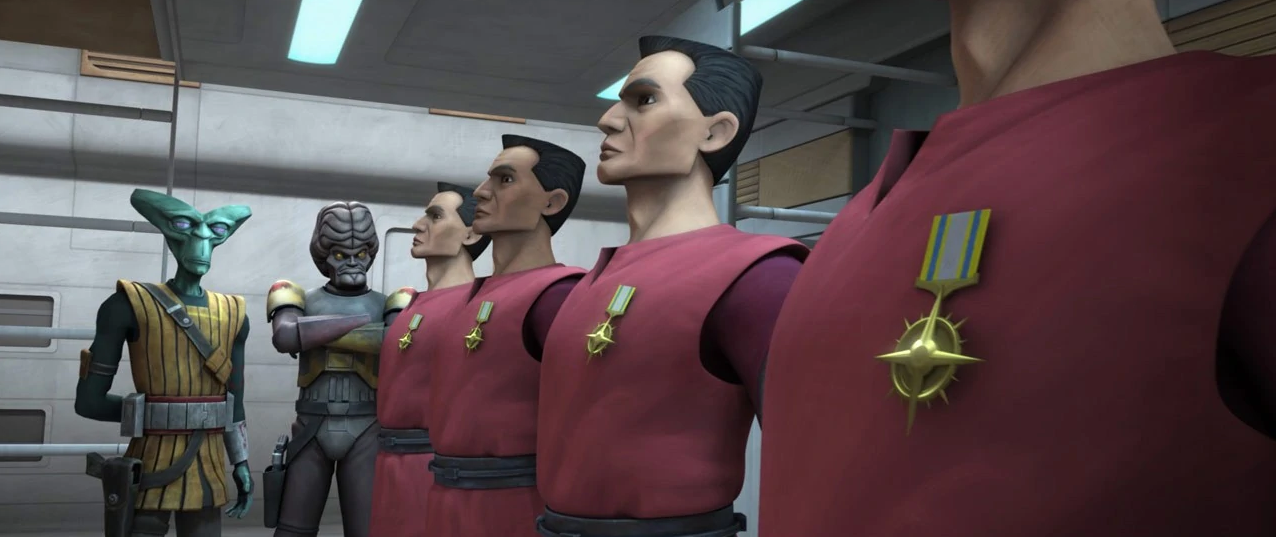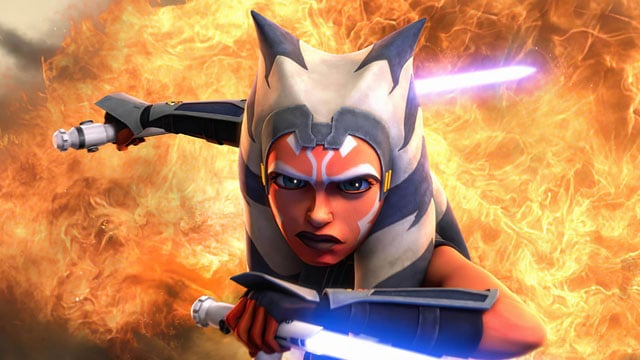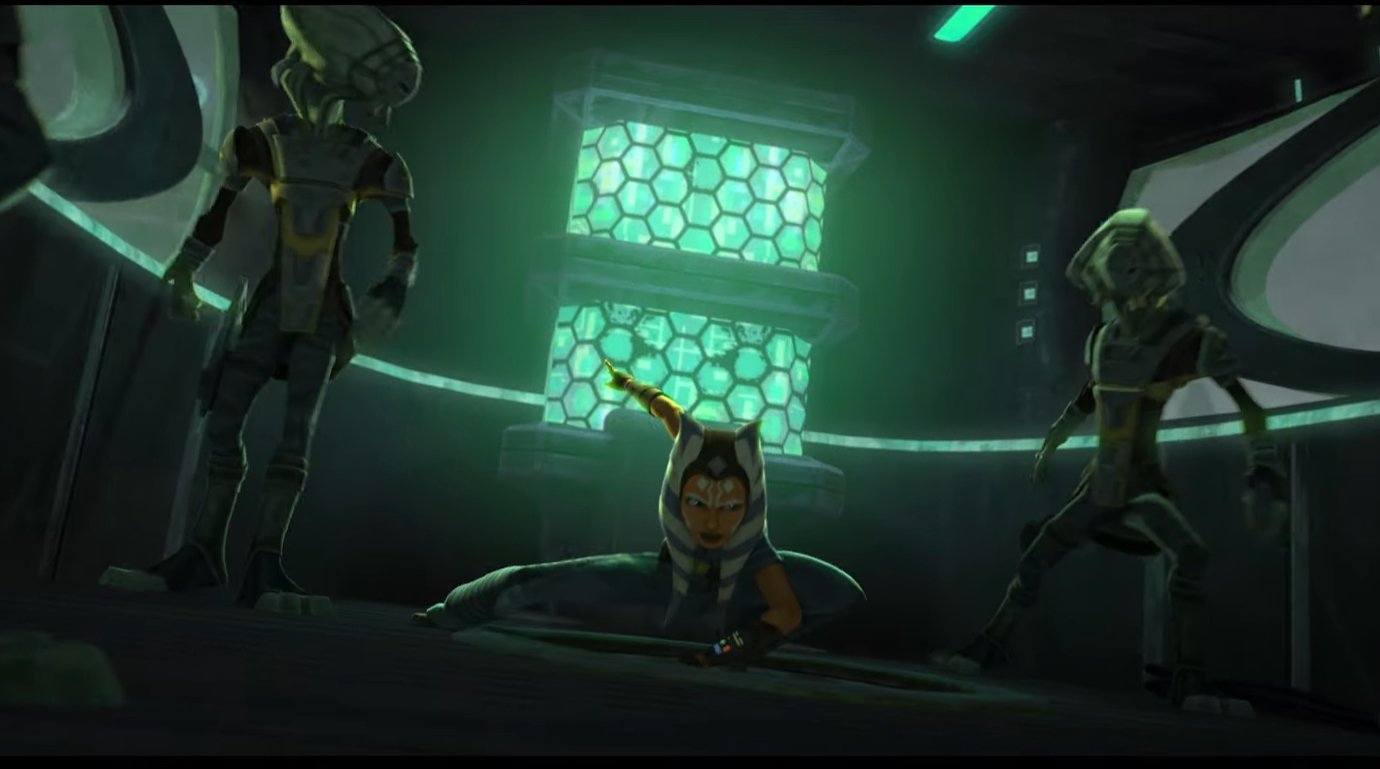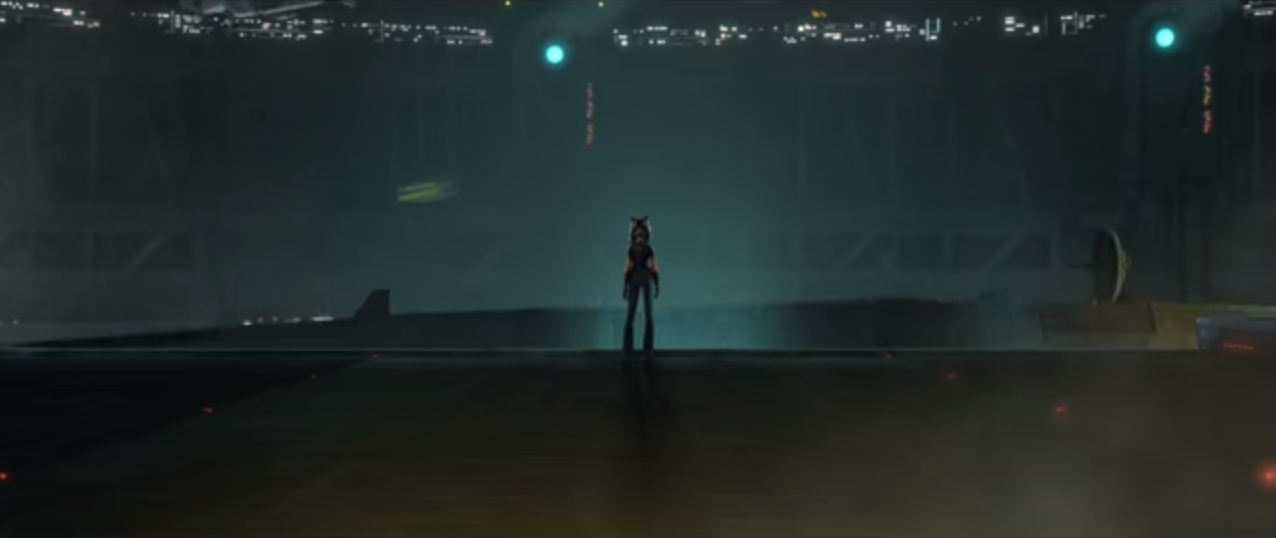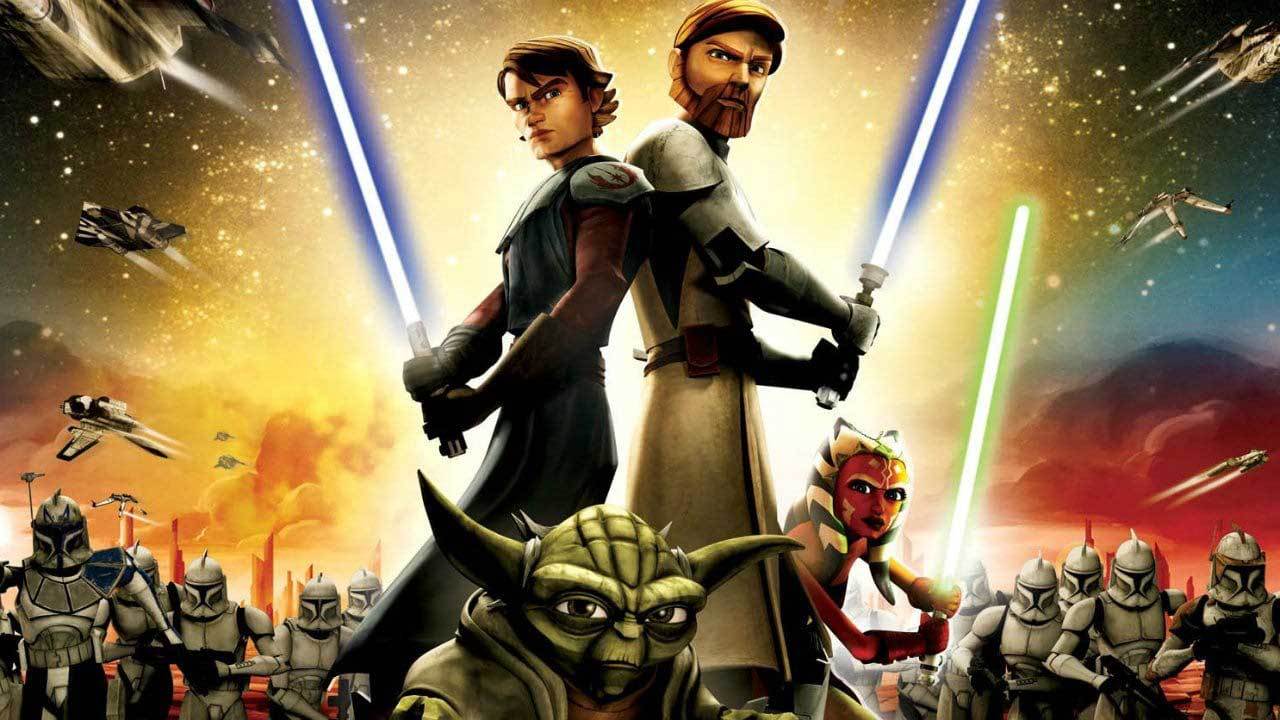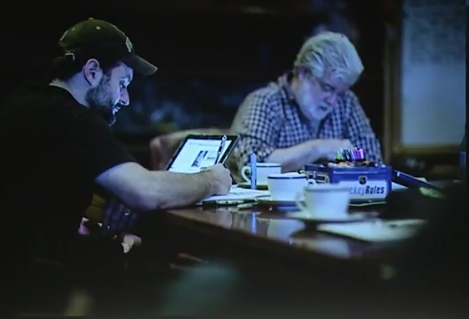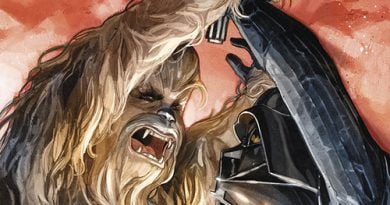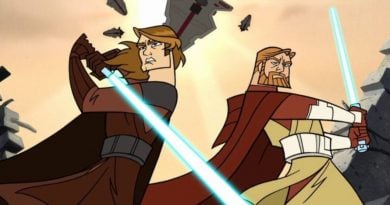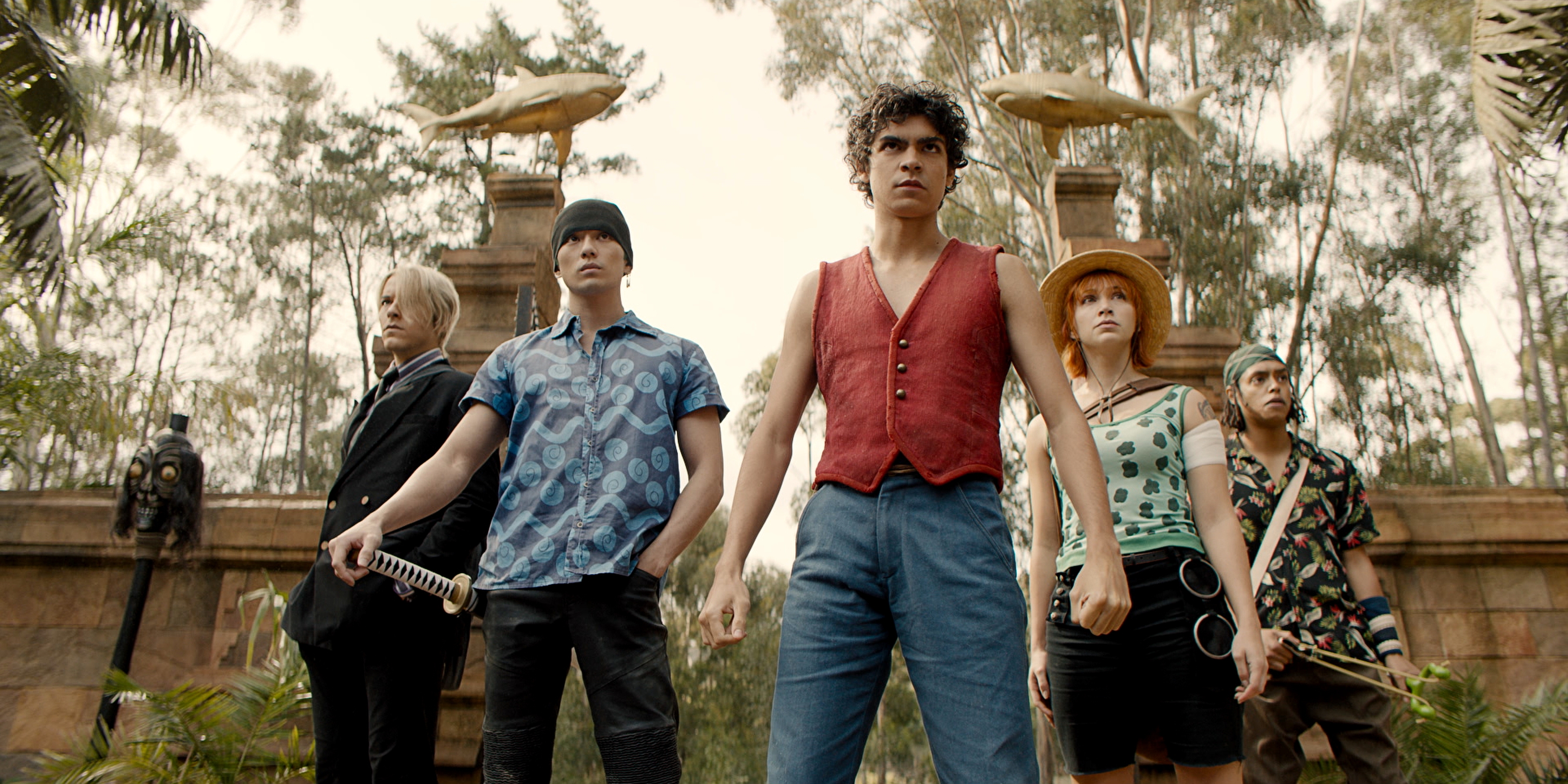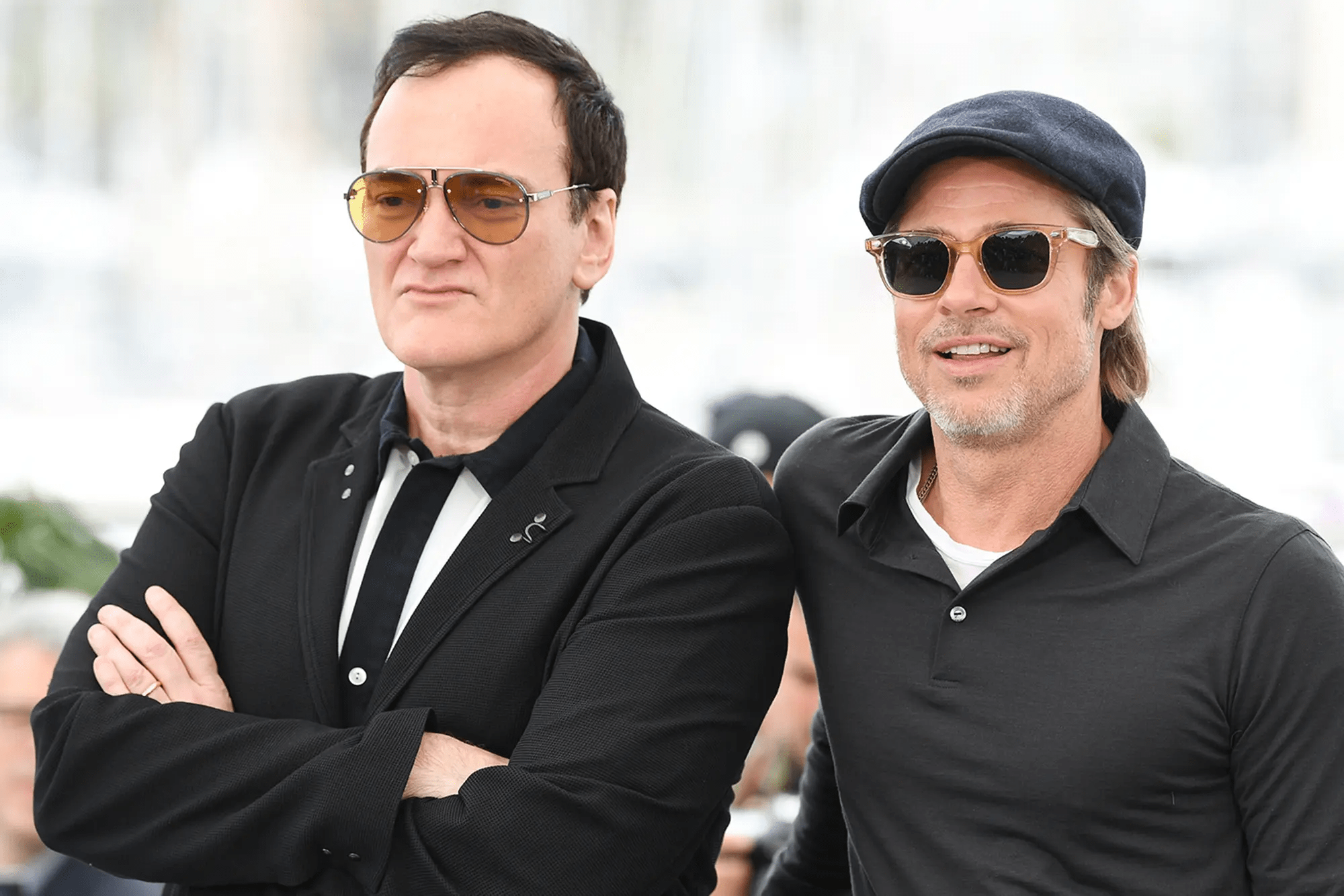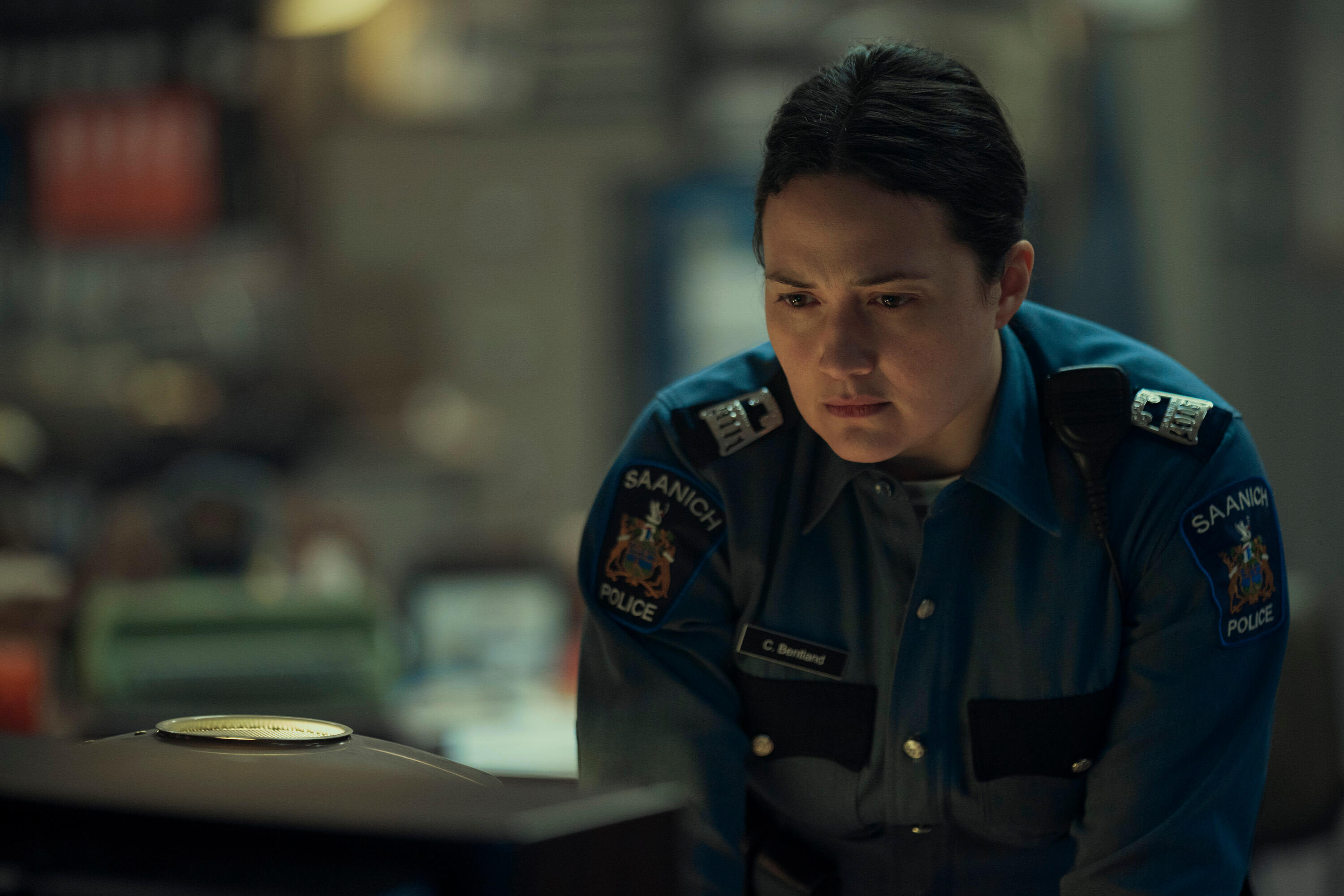Guest Editorial: My Journey With ‘The Clone Wars’ as a Classic Star Wars Original Trilogy Fan
The following is a guest article from one of our readers, who wanted to remain anonymous.
Watching The Clone Wars animated show did something to me that I thought was impossible. It changed how I view the prequel era by showing me a “good” version of this era.
I’ve always considered myself an “originalist”, meaning “beyond the original trilogy everything else is fan fiction.” My first viewings of Star Wars were on VHS tapes, prior to the altered special editions, and to this day those are the only versions of Star Wars I hold as canon. In my opinion the prequel films crippled Star Wars for a generation. The accompanying animated show, The Clone Wars, always seemed like it would be kid stuff to me – or just for the Comic-Con crowd. I realize this is not an endearing opinion and potentially makes me a “toxic fan,” but from this perspective I thought it would be interesting to share my thoughts on Dave Filoni’s The Clone Wars having now watched the entire show.
Throughout the entire show, a lot of the problems with The Clone Wars are inherited from Lucas’ prequel trilogy. Like in the prequel films, Anakin and Obi-Wan learn nothing from their mistakes and consistently joke away their problems. Their banter is downright annoying. Likewise, the Jedi in The Clone Wars are unfortunately cast as politicians seemingly more interested in navigating senate disputes than any kind of meaningful self (or societal) transformation. To top off this silliness, the comic relief droid army in the prequel films and The Clone Wars sap any dramatic tension from every battle.
I could forgive all the problems of the prequel films and The Clone Wars if not for the character of Anakin Skywalker. The crux of this entire era rested on the belief that Anakin would inevitably turn into Darth Vader. There are plenty of reasons why the Anakin-to-Vader transformation didn’t work, but when it comes down to it, this is all I feel needs to be said: in The Empire Strikes Back when we see the daunting presence of Darth Vader towering over Luke Skywalker after defeating him in battle – how many of us really believe Hayden Christensen is behind that mask? Probably not many, sorry.
I don’t blame The Clone Wars for these inherited problems, but they remain irritating regardless.
Besides these residual problems created by the prequel films, many of The Clone Wars issues are self-inflicted. Too many of the early episodes are focused on comically bad battles with the Droid Army. Also, Anakin – seemingly the main character early on – elicits little intrigue because we already know his fate. Ahsoka Tano (Anakin’s Padawan), however, had compelling stories to be told and it wasn’t until the fifth season that the writers seemed to understand this. Therefore, it takes an excruciatingly long time for the show to find its voice. By the time we reach the meandering sixth season, devoid of Ahsoka’s presence, things once again regress to the banality of earlier seasons.
For the first several seasons, my initial assumptions about The Clone Wars held true: This show was going nowhere. With the exception of a couple “okay episodes,” it’s hard to look back on this portion of the series and think of it as anything but trivial. Sure it served fine as a Saturday morning style cartoon, but it certainly didn’t carry the weight I had thought Star Wars deserved.
Despite this, there were some early glimmers of hope that inspired me to keep watching. In order to fill the whole 22 episode order for each season, it seems that Filoni and his team were forced to create original storylines to fill the void. These stories were almost entirely independent from the prequel films. It’s in these episodes that The Clone Wars begins to find its voice.
When “The Mandalore” storyline was first introduced in the second season, I thought it would become another squandered opportunity. It appeared the origin story of the Mandalorian people would become another brain numbing political showcase. Alas, I was wrong, and gladly so. Pretty quickly we learn of the off-world colony of recluse Mandalorians living in ‘the old ways.’ This is where we first get our first glimpse of the Darksaber which has become the macguffin of sorts for the Filoni-verse (the stories/characters of Star Wars created by Dave Filoni’s two animated Star Wars shows and to a good degree The Mandalorian).
The Mandalore storyline is perhaps the most intricate of the entire series and it feels like the backbone of The Clone Wars. In the final four episodes of the show this story line is brought to a conclusion which will continue to drive the future of the Filoni-verse. If only the prequel films had spent more time on something like Mandalore and not ‘doo-doo’ jokes.
The criminally underrated character Asajj Ventress – similar to Ahsoka Tano – also starts out as a shell B-player, but evolves into one of the more interesting characters. Initially, she is a one-note assassin for Count Dooku, but she is betrayed and launches the show into one of its more fan-service-y, yet entertaining, plot threads. She shares a similar lineage to Darth Maul by being a child of the planet Dathomir. This type of fan-service would normally elicit more criticism on my end, but it’s so damn fun. Once she is betrayed by Dooku her character arc begins its bend.
A man of Dathomir, comically named “Savage” (Suh-vauj), is chosen to become her tool of revenge. Their storylines mingle wonderfully, driving us into what is probably the show’s most popular, and notorious, reveal…
…Darth Maul lives!
I thought this was a pretty stupid idea at first. The reveal felt like a Superhero-style reincarnation, and not fitting for the Star Wars universe. I still stand by that. However, what they do with the character, especially in the last few episodes, makes this “originalist” curmudgeon okay with his revival.
The initial problem I had with Maul in The Phantom Menace is that he was a nobody who just looked cool. He lacked any character. What they do in The Clone Wars, though, turns him into a Shakepearean character – specifically Richard III. Richard is the anti-hero of the play. He breaks the fourth wall and lets the audience in on his schemes. They find themselves rooting for him, even as his plans involve monstrous things. It’s masterful work by Shakespeare and I’m not saying Filoni is 100% on par with Maul, but by making him the sneaky villain you’re secretly rooting for, Filoni manages to make Maul a fully realized character. He’s no longer, ironically, just the cartoon Sith Lord he was in The Phantom Menace.
Another small but vital flaw in the prequel movies that The Clone Wars overcomes is how plain the clone troopers were realized. It’s not only because they were all lifeless CG creations – it’s that none of them had any personality. This is a serious issue in those movies because when Order 66 is executed (the order in which brain implants cause them to hunt down and destroy all the Jedi) there is no heart behind it. We just see a bunch of CG clones killing a handful of background extras. Why should we care about this other than the fact it fulfills a continuity checkmark?
In the third season of The Clone Wars, the clone troopers are given backgrounds and individual personalities. Not all of them make it to the end, but the ones that survive have fought alongside Ahsoka and have backstories that make Order 66 richer and more relevant.
Though Maul, Ventress, and Mandalore are all good fun, the most important character in The Clone Wars, and possibly in the future of Star Wars to come, is undoubtedly Ahsoka Tano. I’m disappointed her character arc didn’t start sooner, but where it goes is thematically quintessential Star Wars – yet also something we haven’t seen before.
Star Wars is mythology. It shows us what the world should be, not what it is. Growing up with the example of Luke Skywalker I learned, symbolically, the power of good and the difficulties I would experience in life when I was ‘tempted by the dark side.’ No one in the prequel trilogy truly embodies this. Perhaps Qui-Gon Gin was a selfless actor, but his story was tossed in a film so overly convoluted that it’s nearly impossible to make any sense of it. Anakin succumbs to the temptation of evil and was never really selfless to start. The rest of the Jedi were just there because the plot demanded it, but no lessons did they teach.
Ahsoka Tano is the only true Jedi of the prequel era. With several side plots, like on the Trandoshan homeworld and a fun series on Onderon, Ahsoka embodies selflessness and inspires those around her to take action into their own hands.
Her character takes a radical turn in a series of episodes at the end of the fifth season. This four-episode arc starts out poorly but finishes as some of the show’s best material. As it goes, Ahsoka walks away from the Jedi Order after losing faith in the institution. This loss of faith is further explored in the final season when she befriends the two Martez sisters, Trace and Rafa, who are struggling to make ends meet in the lower levels of Coruscant. Ahsoka hides her Jedi past from the sisters as they reveal their hatred of the Jedi. The Martez’s accuse the Jedi of not caring about the interests of the common folk. In a touching moment, when they learn she is a former Jedi, the older sister Rafa admits Ahsoka acts like the Jedi as she imagined them in her childhood, and not the Jedi as they actually are.
This last bit made me pause and wonder what the show is really trying to say. In this moment it is almost as if the show is admitting the framework given to them by Lucas’ prequel trilogy was flawed. There were no true Jedi in the prequel movies – no heroic mythologically inspired characters any of us could look up to. So, instead of trying to use their series to retroactively defend – or enhance – the prequel films, it’s as if the show’s creators are shining a light on the problem and saying “here, in Ahsoka we give you the inspiring Jedi you never got to see in the prequel trilogy.”
This brings me to the final four episodes of the series. All of the truly good and original storylines come together here. In these four episodes, Filoni and team give us the best Star Wars content created outside the original trilogy – and this is coming from a grumpy “originalist”. These four episodes roughly take place during the events of Revenge of the Sith, and they provide parallel context for that very flawed film.
This is where things get particularly interesting for me – and why I decided to write this piece. With Filoni focusing on his original storylines of The Clone Wars involving Ahsoka, Mandalore, and Maul – we are treated to a way better rendition of the fall of the Jedi than what we experienced in the highly disappointing Revenge of the Sith. Could it be that the prequel era is suddenly – for me – good?
Everything up until these episodes has been downright terrible to merely good (not great, but good). Suddenly, the tone of the show drastically changes from any previous installments. There is a distinctly slower pace that allows some of the more dramatic moments to breathe. Hearing Maul’s speech about the galaxy being reborn gave me chills. Another radical shift in these episodes is the use of music. Though he reverts to John Williams’ verbose operatic score at times, composer Kevin Kiner gives us something we’ve never heard in the Star Wars universe. It’s almost gothic and reflects the horrors we see on screen.
All the filmic details of these last four episodes, not to mention the beauty of the animation itself, elevate the storytelling to original trilogy levels. This is mainly due to the writing prowess of Filoni and his team, but there is also a convenient necessity. Since we’ve already seen the events of Revenge of the Sith, we aren’t forced to rewatch the awkwardness of Hayden Christiansen’s acting or Palpatine’s clumsy lightsaber fight with Mace Windu. It’s as if the film got the bad stuff out of the way so this show could focus on the good story.
Instead of Anakin and Palpatine, we focus on our true Jedi – Ahsoka Tano – and our true villain – Maul. In classic Star Wars fashion, Maul offers Ahsoka something she wants – and the Jedi need – but she has to weigh that decision with her unwavering determination to do good at all times, no matter the cost.
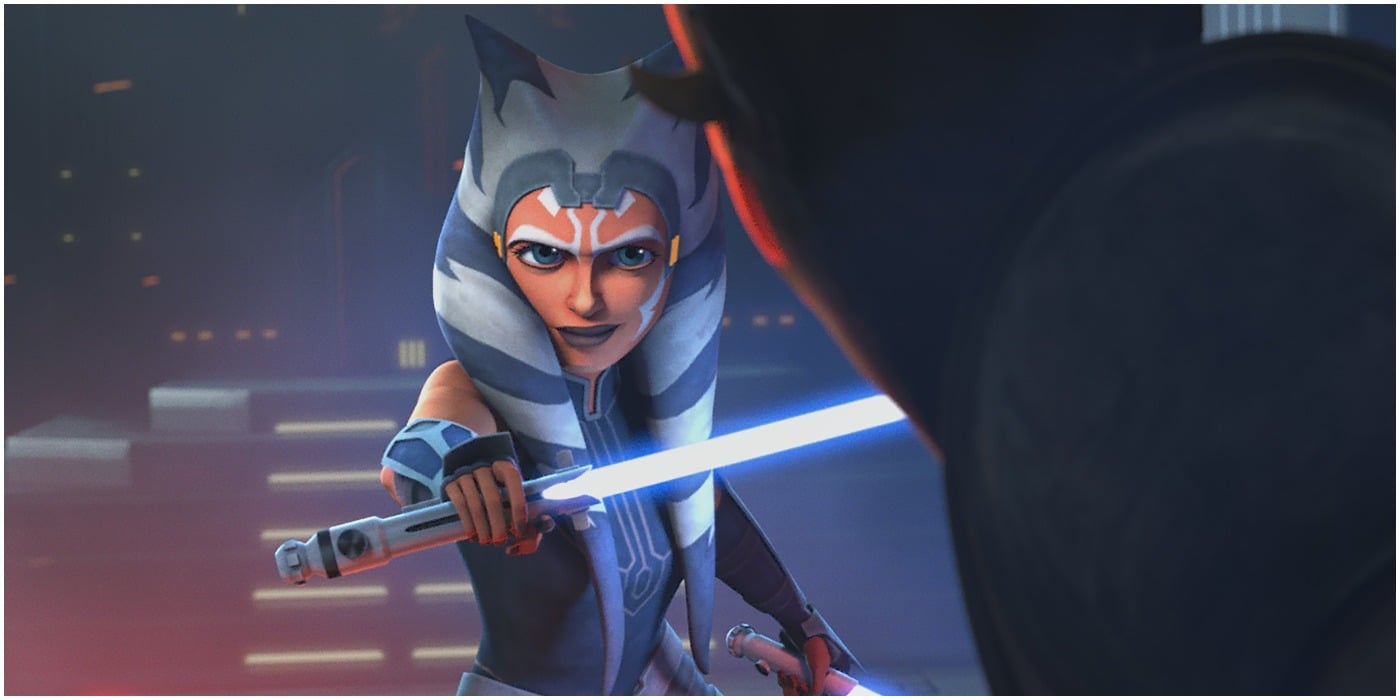
In these episodes we are also asked “What does Order 66 mean to the men it transformed, and how does it affect our Hero?” Revenge of the Sith failed to do the equivalent in its massacre montage.
It’s Ahsoka’s final act that convinces me she is quite possibly the truest Jedi in all of Star Wars canon. Ahsoka is assigned a loyal clone division who paint their helmets in her orange Togruta visage. It is a voluntary act that the Clones do to show their respect. Later, they are ordered to assassinate her. The ship they are all aboard is on a fatal collision course with a planet, and the brainwashed troopers line up to block Ahsoka’s exit. By this final episode, she has the ability and wherewithal to kill all these Troopers. “They may be willing to die, but I am not the one who is going to kill them” she says. They are hell bent on killing her, knowing they will die regardless. After the crash, Ahsoka goes out of her way to find the remaining bodies and gives them proper burials. She uses their orange painted helmets as grave markers. In this moment she chooses to ignore how they all tried to kill her and instead chooses to honor and remember them as the good men they once were.
This, to me, is Star Wars at its finest.
So how do I make sense of a show that is simultaneously incredibly bad and tremendously brilliant?
I think I feel both ways: I really hate the framework Filoni and his team were given for this show, but I also love what they were able to craft with it. All this being said, I’m finding it difficult to wholeheartedly recommend The Clone Wars to “originalists”. I counted only 45 episodes that were either plot-relevant or good enough to watch out of 133 total episodes.
However, the last four episodes are so incredibly good that I will no longer have to cringe when I hear “Order 66.” I won’t be forced to think about midichlorians or Anakin’s thoroughly unbelievable transformation into Darth Vader. Now, when I hear “Order 66” I will think of the young Jedi Ahsoka Tano, and her final act of selflessness.
So how does this all change my stance as an “originalist”? I think it complements it. Yes, everything outside of the original trilogy will always be fan fiction to me, but I no longer think that the Filoni-verse is ‘just for the kids.’ I can enjoy the original trilogy and the Filoni-verse. It was interesting to watch them break many of the “Star Wars Rules” I had created (imagined?) over the years, yet still tell an amazing story. In a true act of magic, the show forced me to stop being the immature grumpy Star Wars nerd and made me a fan again.
It’s a tremendous sign that Filoni has been given free reign with Lucasfilm Animation. Based on what I’ve seen from him, I believe he will create some of the best Star Wars in the future. For the first time in a long while I’m truly excited for the future of Star Wars. I do hope the prequel trilogy is no longer mined for content, but barring that – the future looks bright.
Founder of SWNN, MNN and The Cantina forums.
Born on April 24, 1980.

